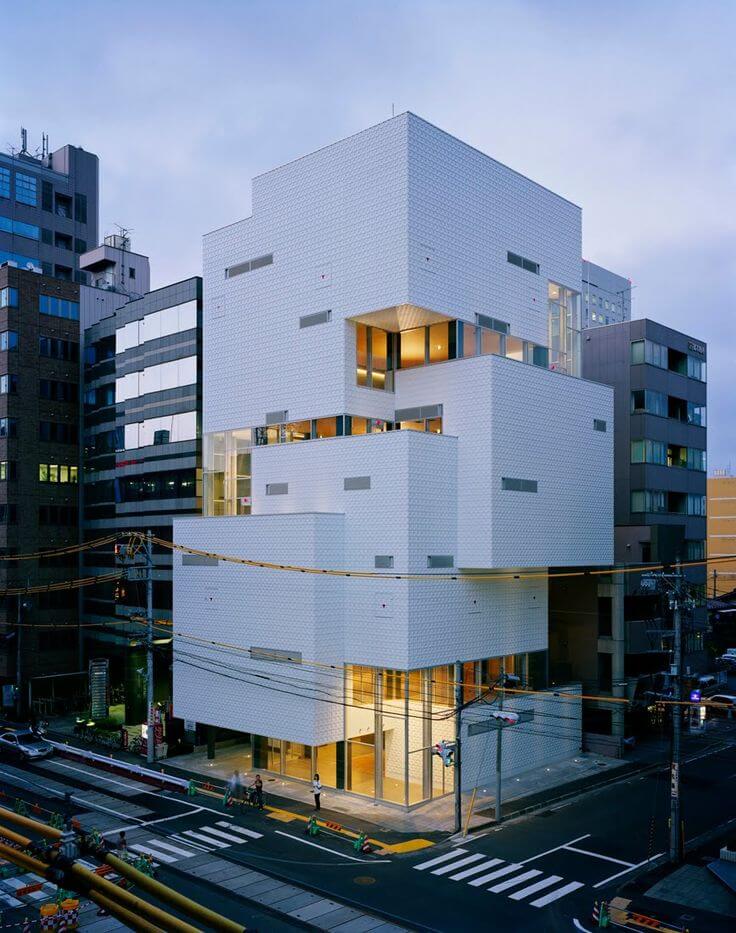Postmodernism Architecture: Introduction
Beyond only creating tangible spaces, architecture is a potent medium that both reflects and changes societal values. The late 20th century saw the rise of postmodernist architecture, which embraced complexity, symbolism, and cultural narratives to subvert the strict, impersonal ethos of modernism. Postmodern architecture has played a significant role in strengthening marginalised people, fostering social consciousness, and opposing oppression in addition to being aesthetically pleasing. This blog examines how postmodern design may be used as a tool for activism, transforming places and buildings into tools for social change.

Image source vrogue.co
What is the architecture of postmodernism?
Modernism’s functionalism and minimalism were criticised by postmodernist architects. It welcomes historical allusions, irony, eclecticism, and whimsical shapes. Postmodern architecture “embraces complexity and contradiction,” according to Encyclopaedia Britannica, and frequently uses symbols to subvert conventional architectural conventions.
This movement made it possible for architects to include political and social themes into their designs, transforming architecture into a platform for resistance and cultural expression.

Image source medium.com
Architecture as Resistance: Using Design to Fight Oppression
In the past, repressive governments have utilised architecture as a means of establishing control and authority. This story is turned on its head by postmodernism, which uses design to expose societal inequalities and challenge authority.
Daniel Libeskind’s Jewish Museum Berlin serves as a powerful illustration of this, using voids and broken shapes to represent the Holocaust’s rift. Architecture is transformed into a potent memorial and a statement against oppression by the building’s fragmented geometry and empty spaces, which suggest loss and absence. The Portland Building by Michael Graves, which challenges the austerity of government architecture by including historical motifs and brilliant colours, is another example of how to make public spaces more approachable and human-centered.
Raising Awareness: Using Architecture to Encourage Social Conversation
Because of its pluralistic attitude, postmodern architecture can be used as a forum for social discourse. Buildings take on the role of storytellers, expressing political narratives, social battles, and cultural diversity.
Through creative design, Frank Gehry’s Guggenheim Museum Bilbao celebrated the city’s cultural character and brought life to a deteriorating industrial metropolis. In addition to spurring economic revitalisation, this effort increased public awareness of the value of urban redevelopment and cultural heritage. Postmodern-inspired public areas frequently include interactive features and artwork that spark discussion and reflection on societal concerns and inspire people to take an active role in their surroundings.
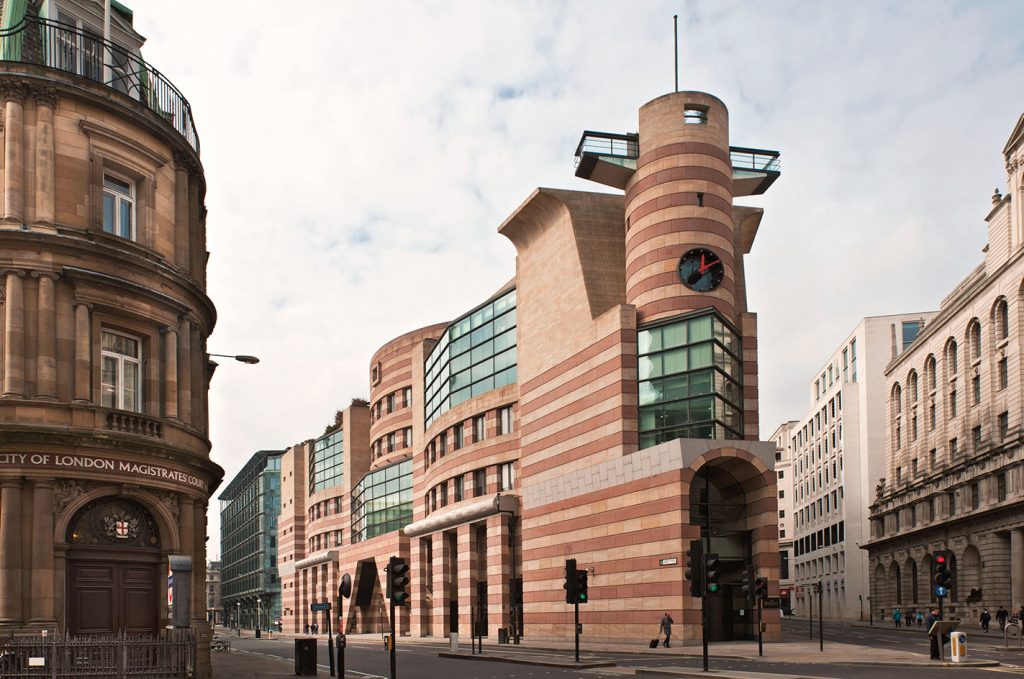 Image Credits: wallpaper.com
Image Credits: wallpaper.com
Developing Inclusive and Participatory Designs to Empower Communities
In order to represent the demands and identities of various communities, postmodernist architecture promotes inclusive, participatory design processes. By rejecting modernism’s top-down methodology, it promotes pride and community ownership.
Rem Koolhaas’s Seattle Central Library is a prime example of this philosophy. It is a democratic arena for knowledge and empowerment because of its open, adaptable venues that promote accessibility and interaction. Additionally, local materials and vernacular characteristics are frequently used into postmodern designs, enhancing regional identity and promoting sustainable development.
Case Studies: The Influence of Postmodern Architecture on Social Transformation
Jewish Museum Berlin, Germany:
Daniel Libeskind created this museum, which resists historical erasure by commemorating the Holocaust through its disjointed architecture.
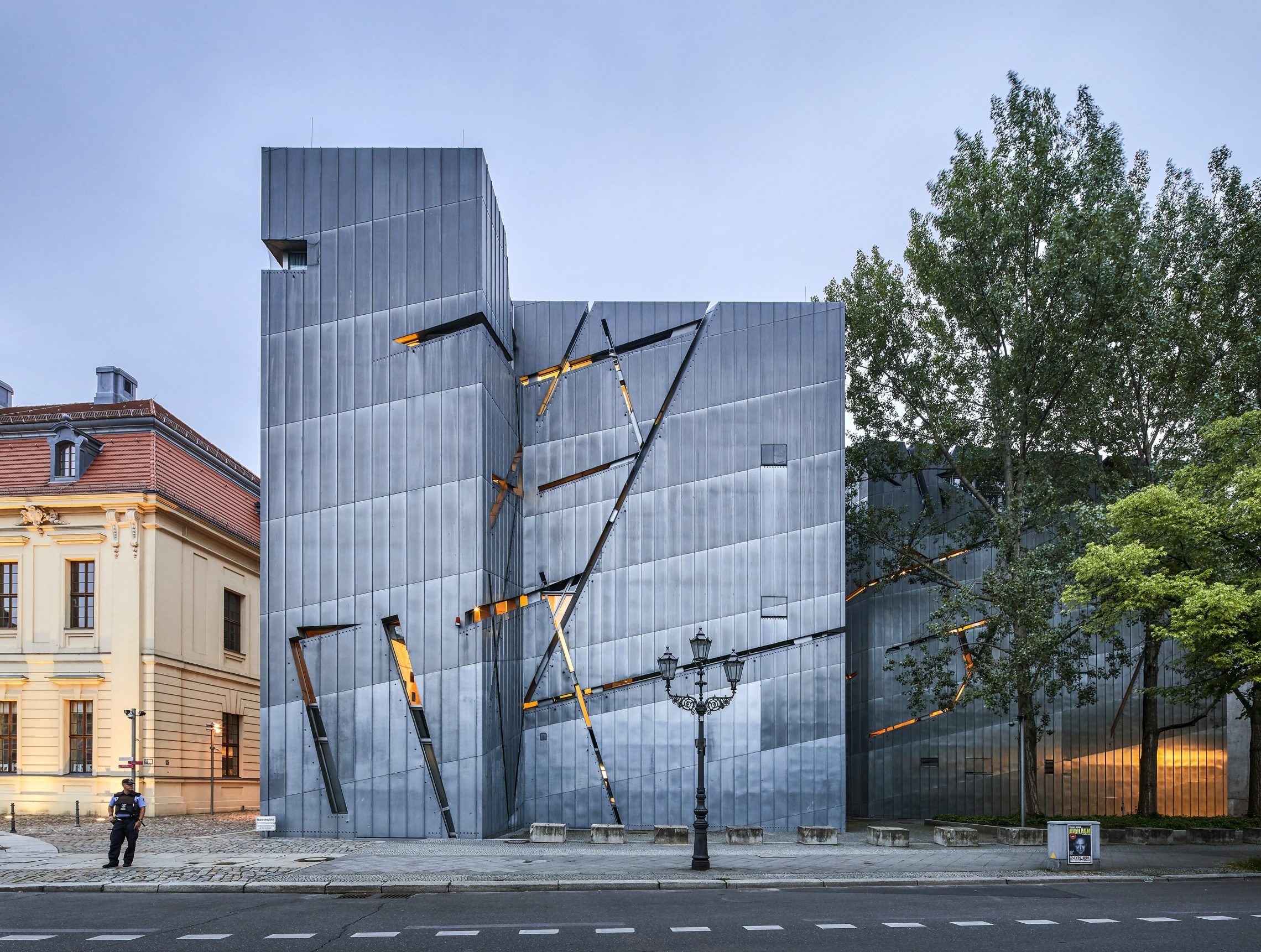
Jewish Museum Berlin | Studio Libeskind | Architecture
Portland Building, USA:
The impersonal character of bureaucratic design is questioned by Michael Graves’ vibrant and symbolic government structure.
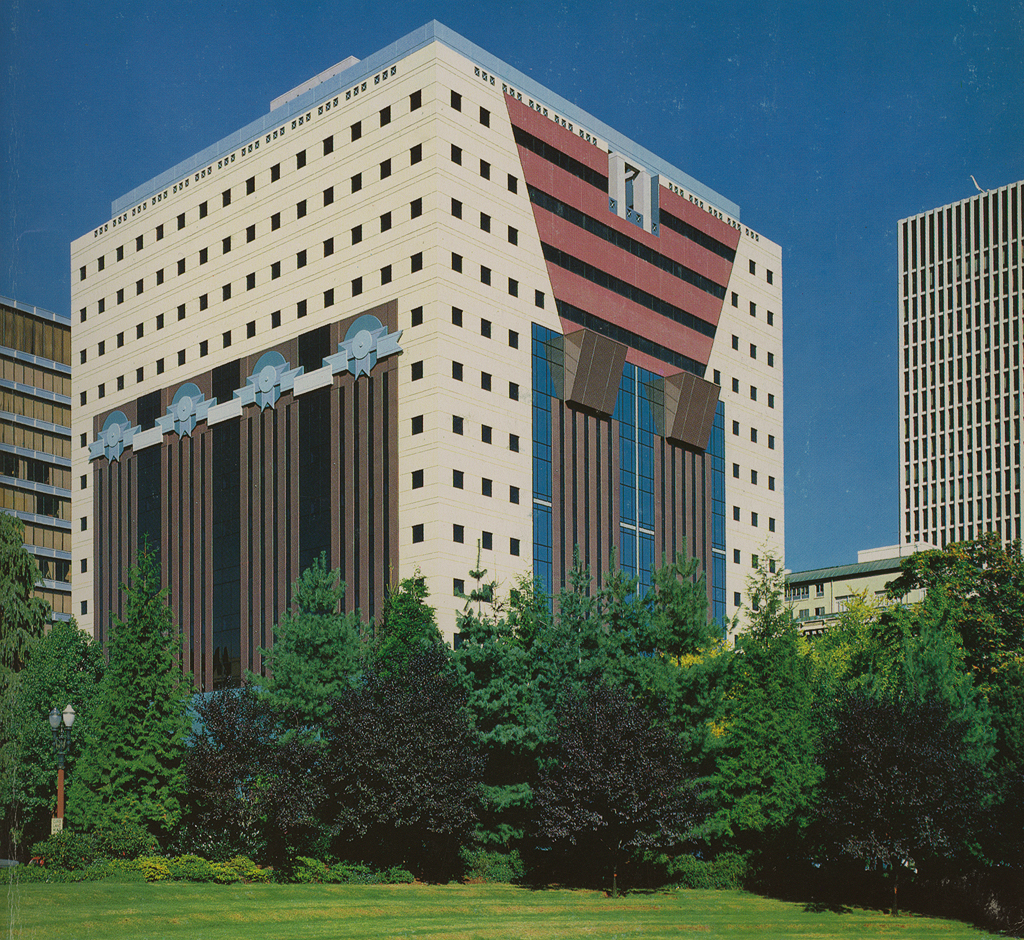
Portland Building Courtesy University of Oregon Libraries, 2013_VRC_04368
The Guggenheim Museum Bilbao, Spain:
The city was revitalised and cultural awareness was raised by Frank Gehry’s renowned design.

Image source carnavi-labo.ne
The Central Library of Seattle, USA:
The design by Rem Koolhaas encourages accessibility and community involvement.
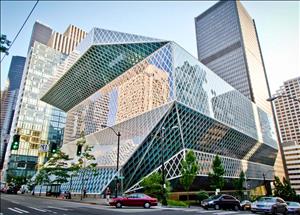
Central branch, The Seattle Public Library (Rem Koolhaas, 2004), August 2, 2011
Photo by Nicola Delfino
Conclusion: The Legacy of Empowerment in Postmodernist Architecture
Because postmodernism integrates social activity into the built environment, its architecture goes beyond traditional design. By establishing inclusive, symbolic, and culturally relevant spaces, it challenges oppression, raises awareness, and strengthens communities.
Adopting postmodern ideas can encourage communities and architects to create visually arresting, socially just, and powerful spaces as cities develop.
For more content like this CLICK HERE
References
https://www.archdaily.com/964625/what-is-postmodernism

